The Single Malts at the Heart of Dewar’s Blended Whisky
A look inside three distinct distilleries that define the iconic brand

There’s a reason why Dewar’s is most likely your father’s, and grandfather’s, whisky. It’s more than their heritage (which dates back to 1846) and it extends well beyond their groundbreaking commercial done with the Edison Illuminating Company back in 1898—the first live-motion advertisement to be made. Really, it’s about the blend. They successfully combine over 40 single malts, mostly obtained from competitors’ distilleries (a method practiced by everyone in blended whisky-making), to create the time-honored whiskies in their range. Because the flavor profiles of the single malts can change each season, their recipe varies, but the taste does not. John Dewar & Sons does own five distilleries that produce single malts to form the basis of each blend and lend fundamentally distinct notes to their offerings. On a recent trip to Scotland, we stopped by three to learn what makes each distinct.
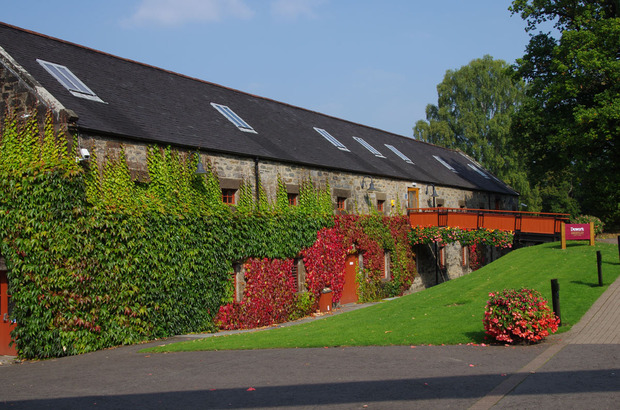
Aberfeldy
Just beneath the Scottish Highlands, the town of Aberfeldy houses the Aberfeldy Distillery (and Dewar’s World of Whisky visitors’ center). Not only are the Aberfeldy single malts the most pronounced in Dewar’s blends, making up the largest percentage, they are considered the heart notes. From their unique water source, the Pitilie Burn, to their use of only Scottish malted barley, this is Scotch whisky at its finest. Aberfeldy’s single malts carry a pronounced honey flavor, with oak and nuts—and many of their older malts carry a raisin-like sweetness followed by subtle spice. Aberfeldy Distillery also happens to fall quite near to the home and original distillery of Dewar’s founder John Dewar.
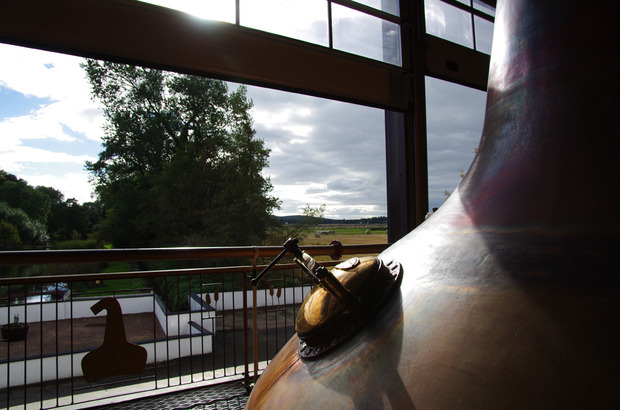
Royal Brackla
In the north Highlands, not far from Inverness, the town of Nairn plays host to the
Royal Brackla Distillery—and the title royal is there for a reason. It was the first distillery to ever receive a Royal Warrant from the British Royal Family. Within, signature tall copper stills allow for maximum contact with the spirit during distillation. The four stills also happen to overlook a beautiful body of water and rolling Cawdor Castle hills. Royal Brackla produces delicate, complex single malts with fruitier notes, and a bit of leafiness. It factors prominently within the Dewar’s blends.
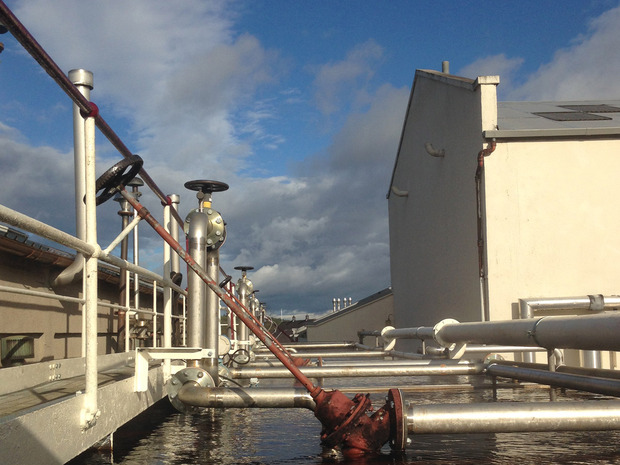
Craigellachie
Over in Scotland’s Speyside region, the Craigellachie Distillery produces signature “Speyside whiskies.” That means these single malts are lighter and sweeter, but equally complex. The Craigellachie Distillery, however, features something very unique in the world of scotch distillation. Rather than immediately collect and condense directly from their copper stills, vaporous “new make spirit” (pre-whisky alcohol) enters a series of pipes kept submerged in cool baths (known as worm tubs) on the distillery rooftop. This means of condensation directly impacts the whisky flavor profile. Craigellachie’s historic distillery and their superior single malts lend their sweetness to the Dewar’s range, the White Label in particular.
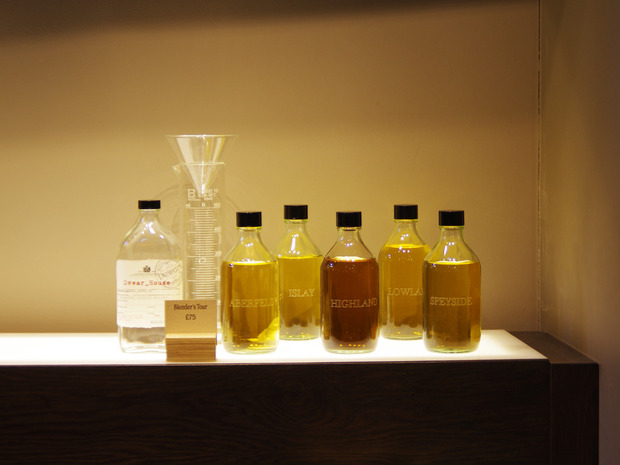
All of the single malts, after aging, are brought to a blending facility in Glasgow. There, Dewar’s Master Blender, Stephanie J Macleod—mostly by way of nosing—pulls together each blend. Dewar’s White Label (their standard which was created over a century ago and is found in most bars across the world) stands as an ever-reliable entry point spirit. Beyond White Label, Dewar’s invokes a marrying process for all their blends which involves rebarreling the whisky for six months in vintage oak casks.
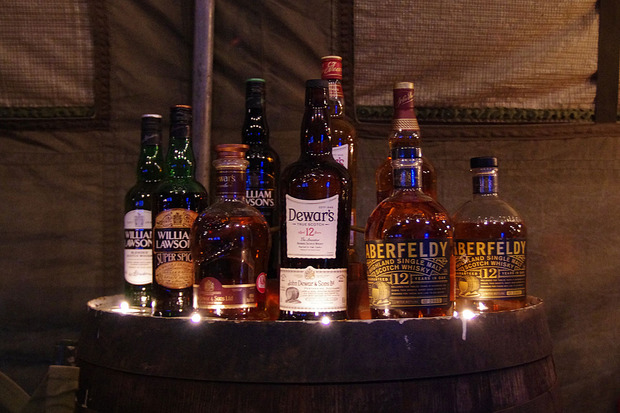
Their two current-age statement offerings, Dewar’s 12 Year and Dewar’s 18 Year, incorporate this marriage. Both of these tipples, while quite different, offer rich complexity while maintaining the vanilla and honey that’s come to define the brand. The former has hints of anise, while the latter carries cereal and oats. Dewar’s top-tier whisky, the Dewar’s Signature, blended from the rarest single malts Dewar’s can find, adds a bit more smokiness to the mix, as well as a long, warm finish. It’s a masterfully blended whisky for drinkers who gravitate toward the taste of the Highlands. As a testament to the strength of all the Dewar’s-owned single malts within their blended spirits, all three aforementioned distilleries will also release a bottling of their single malt offerings slowly into American markets starting this fall.
Images by David Graver












